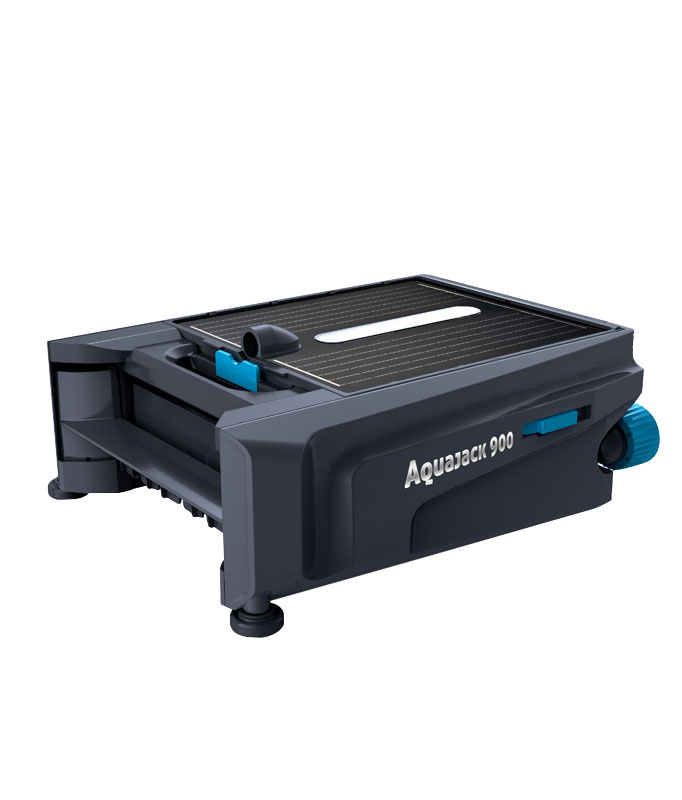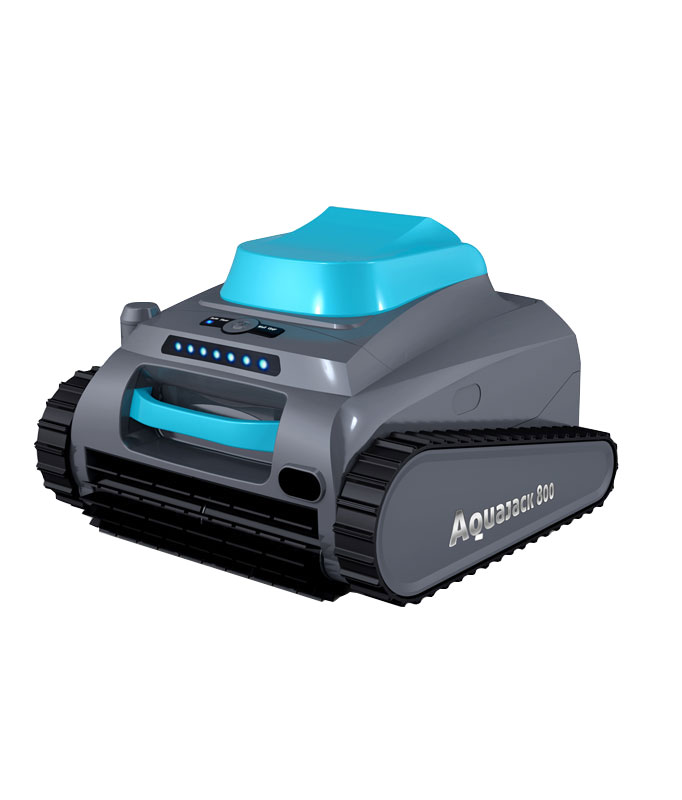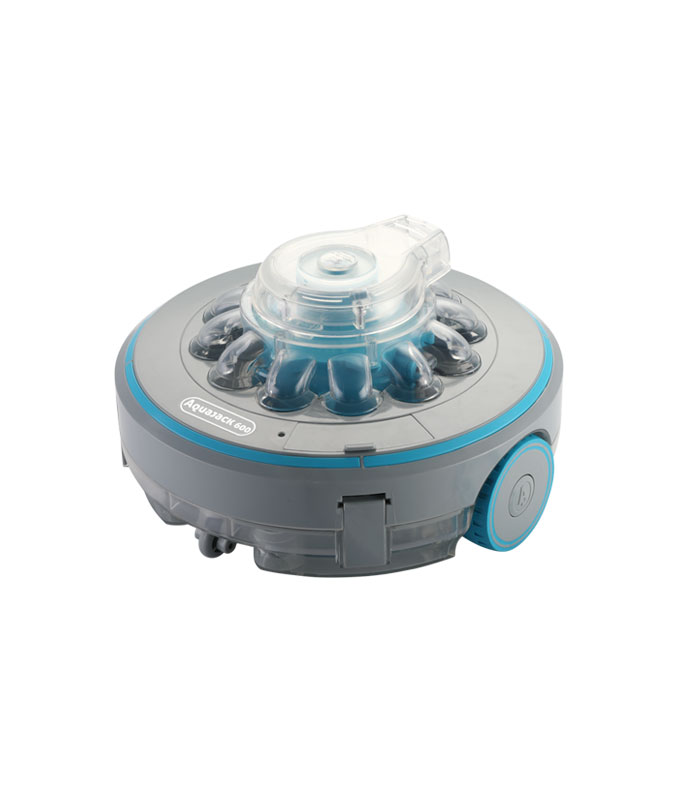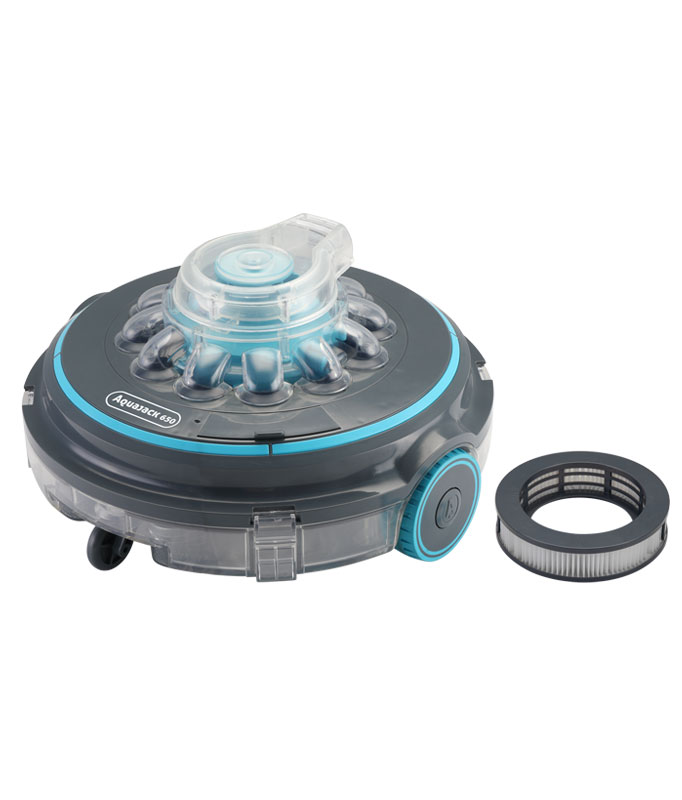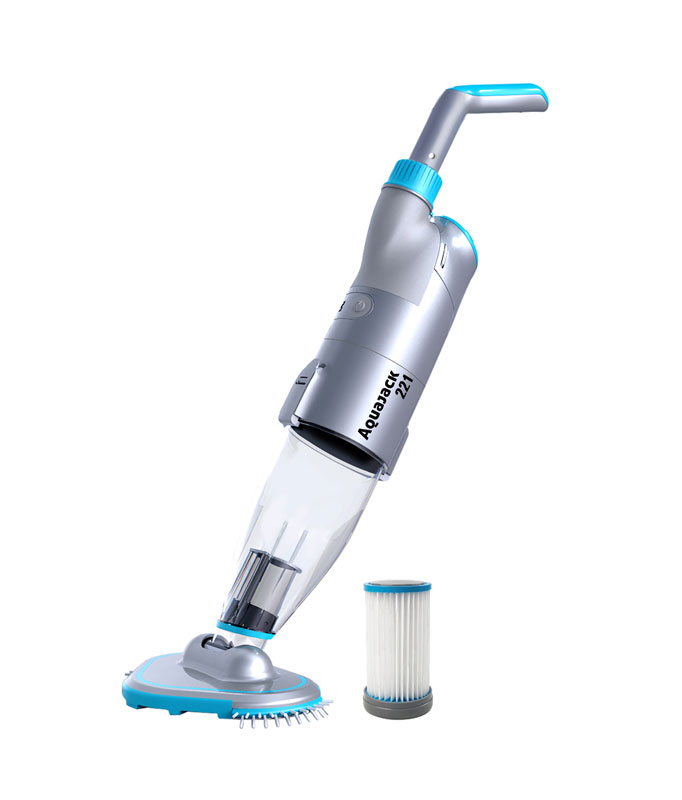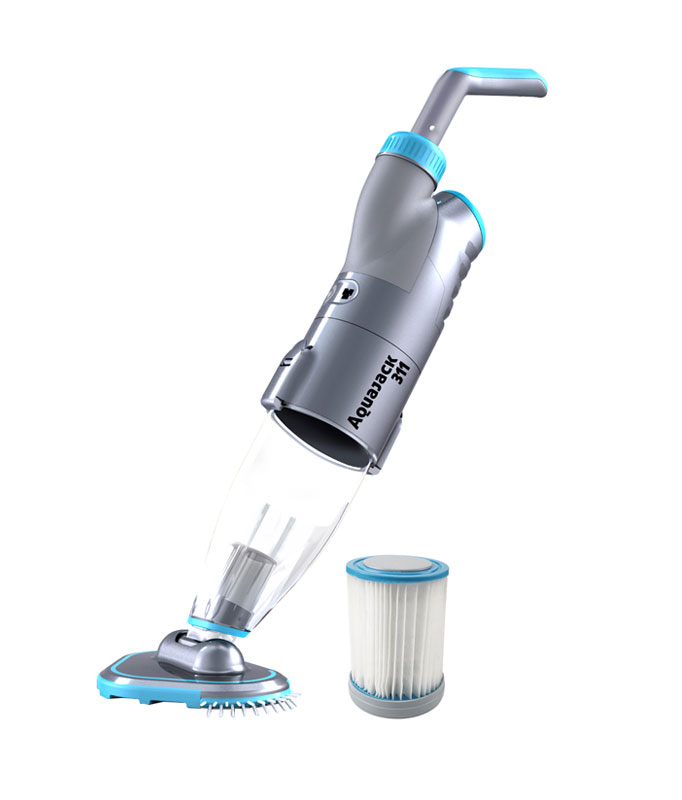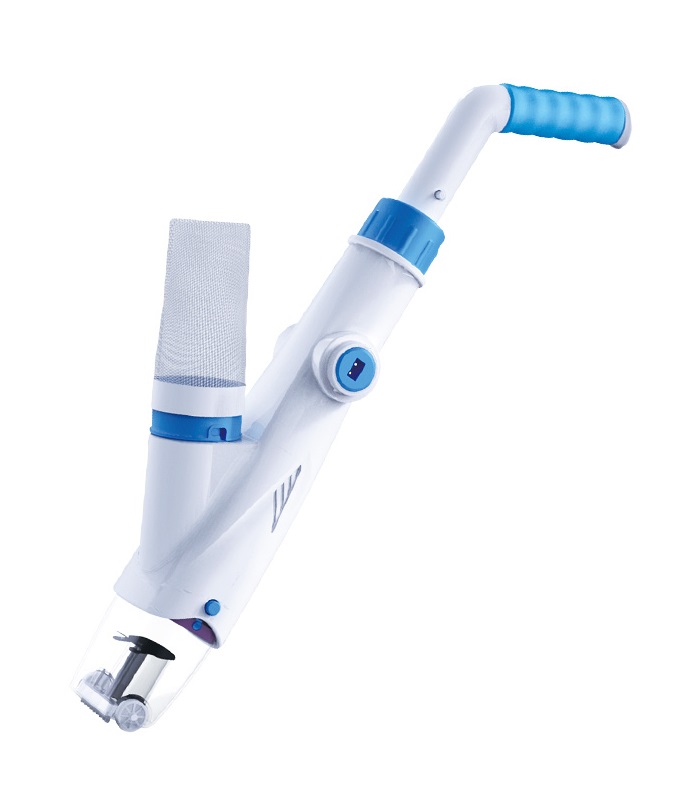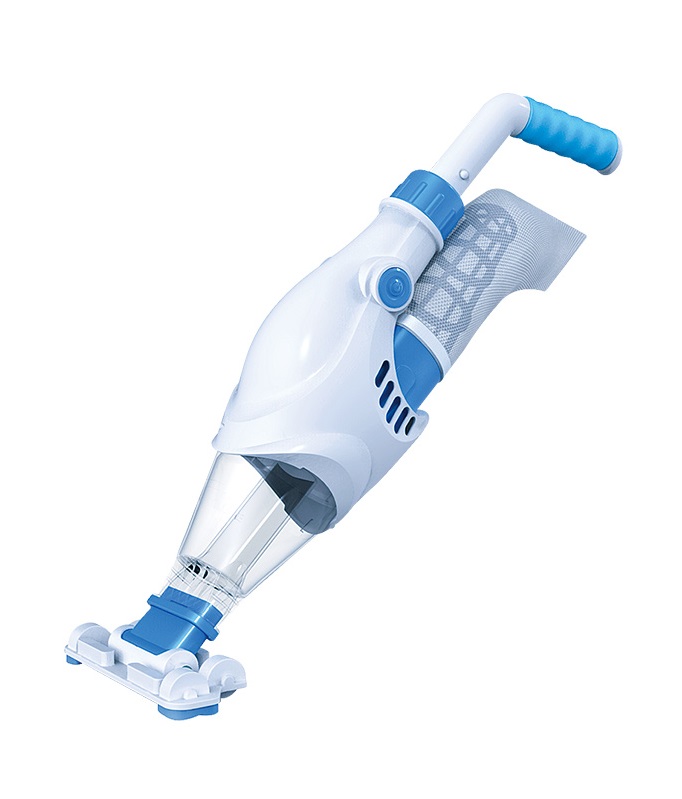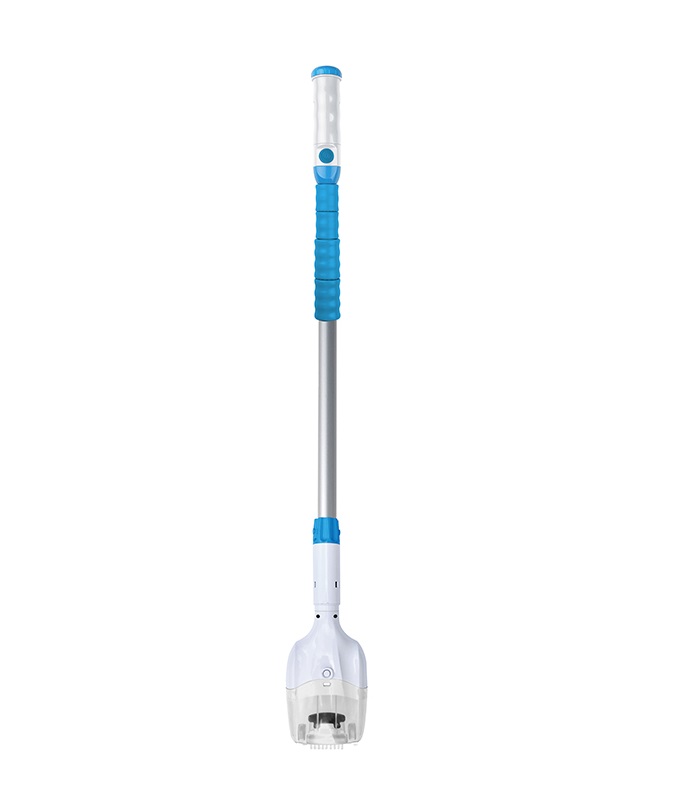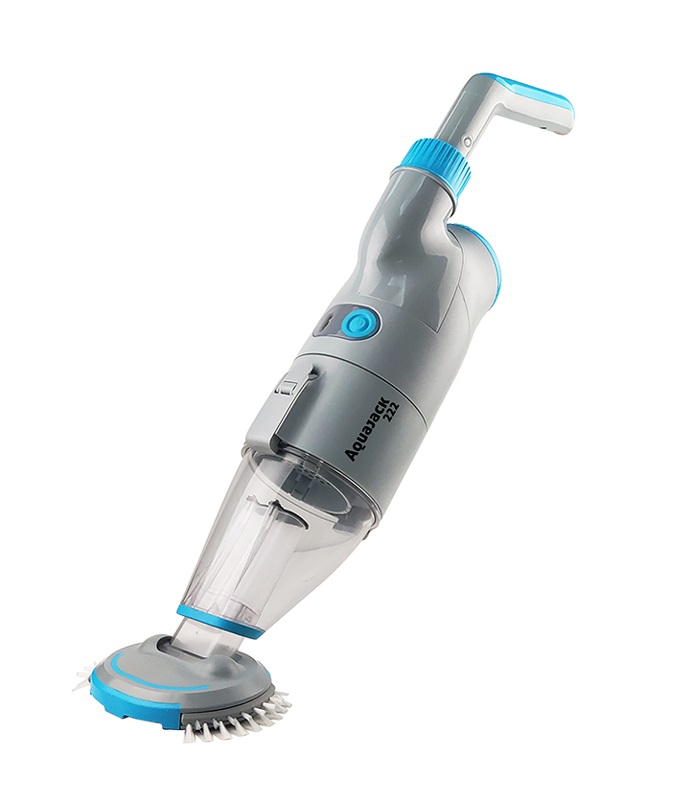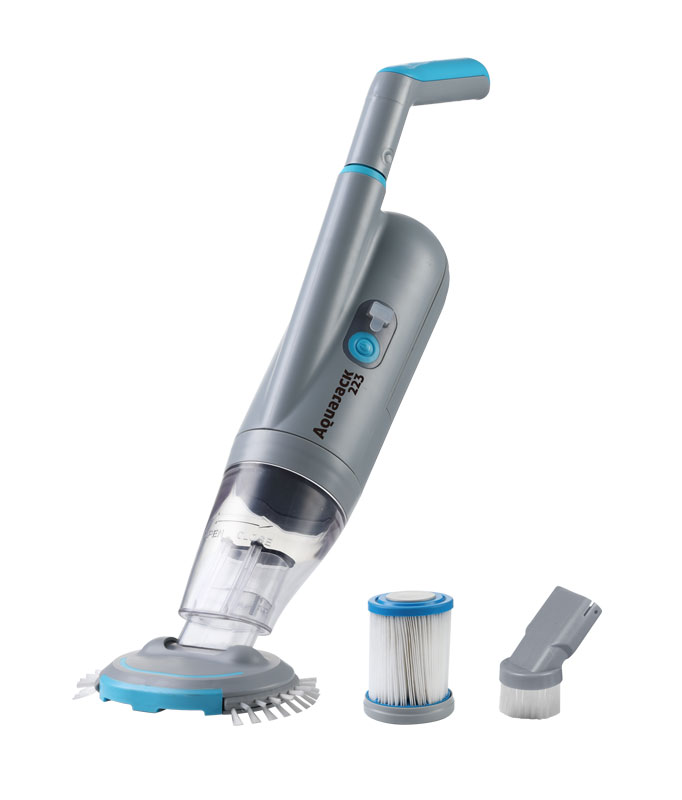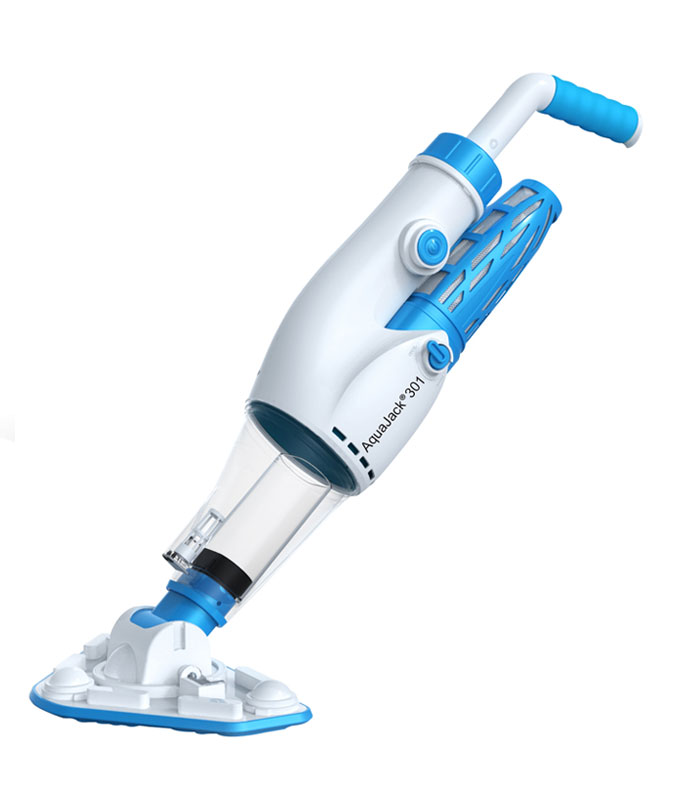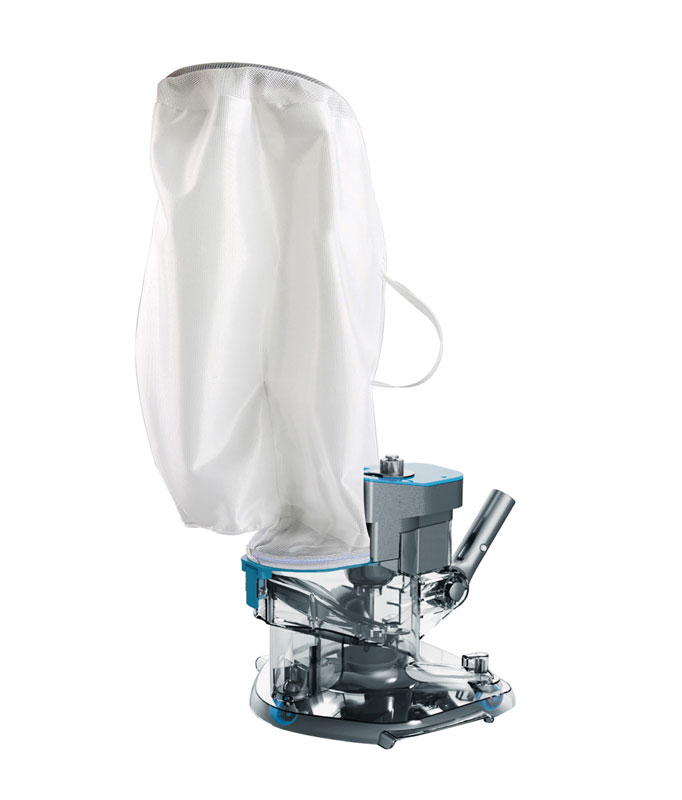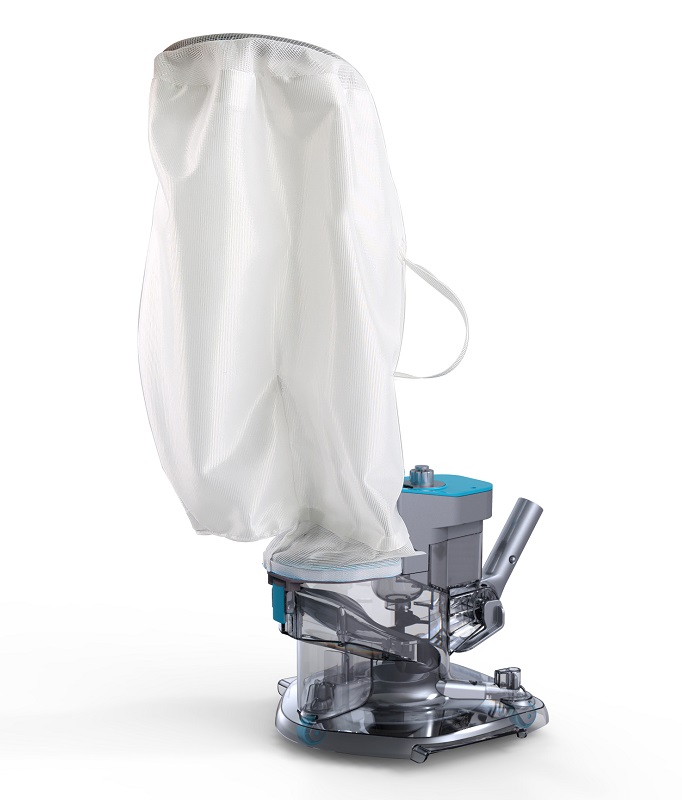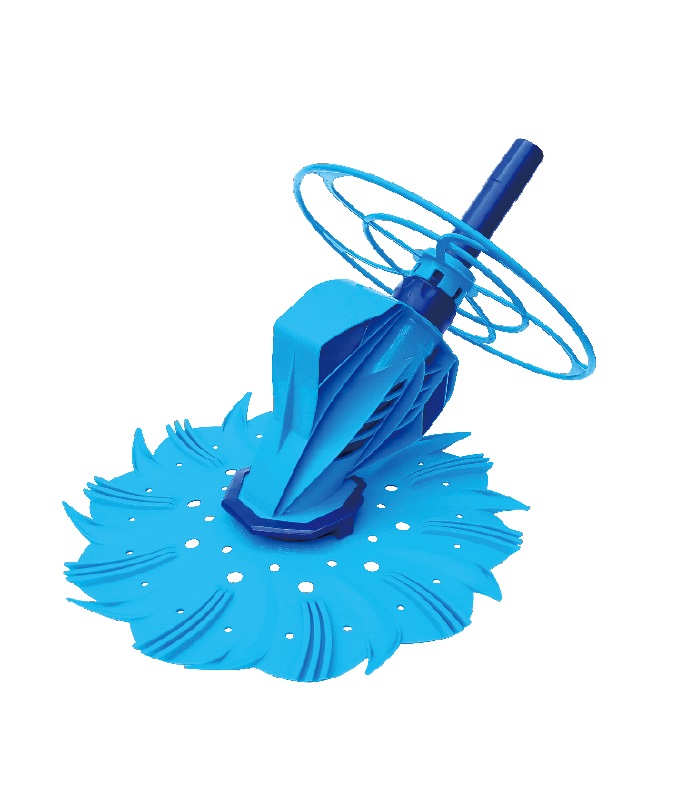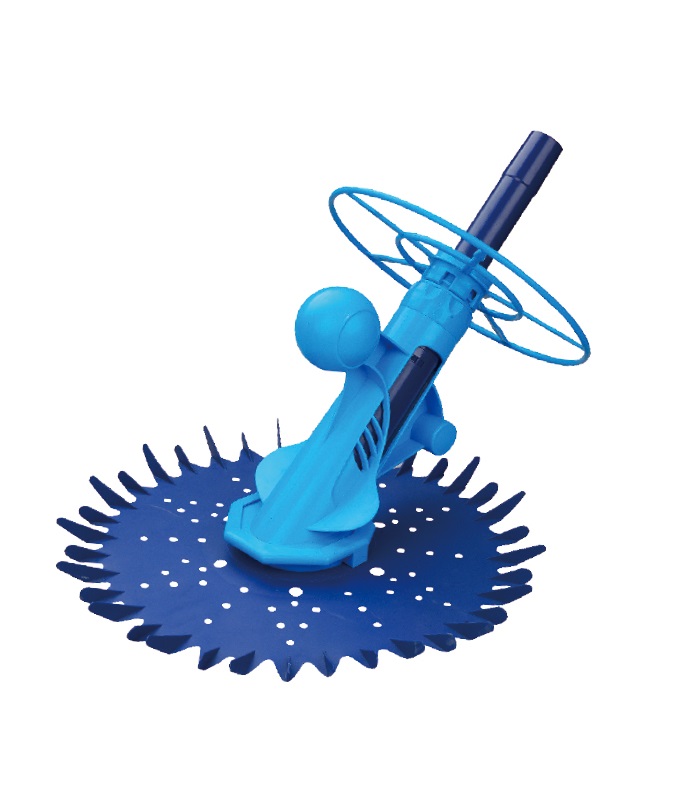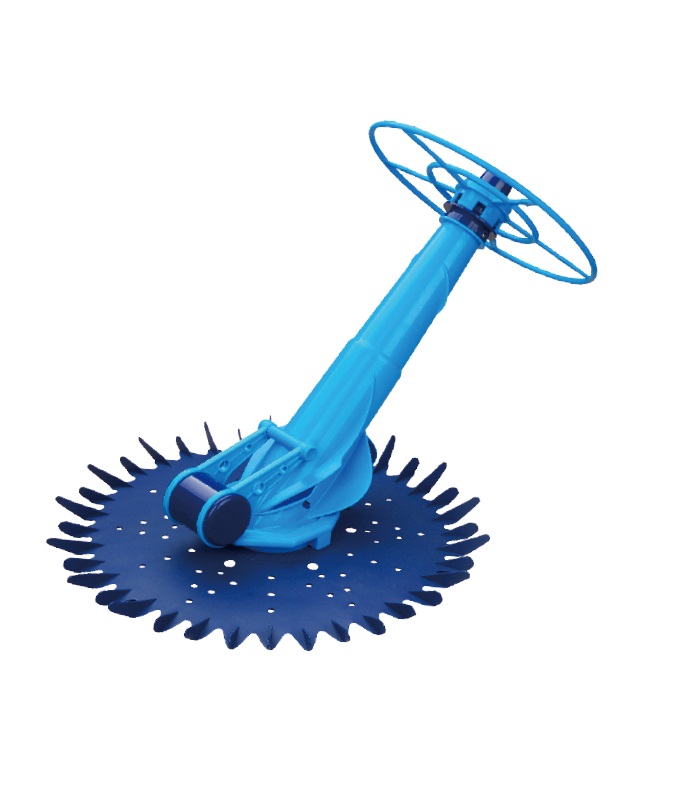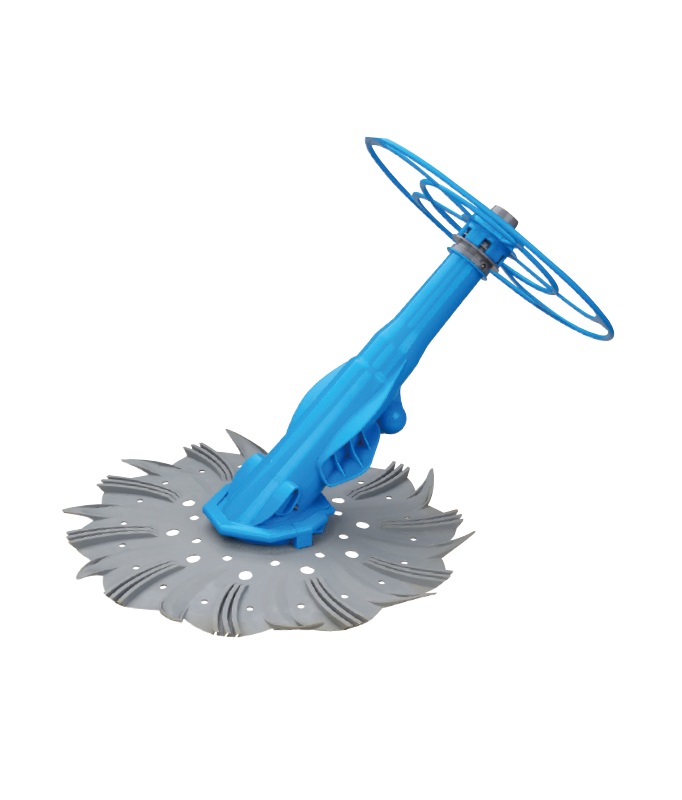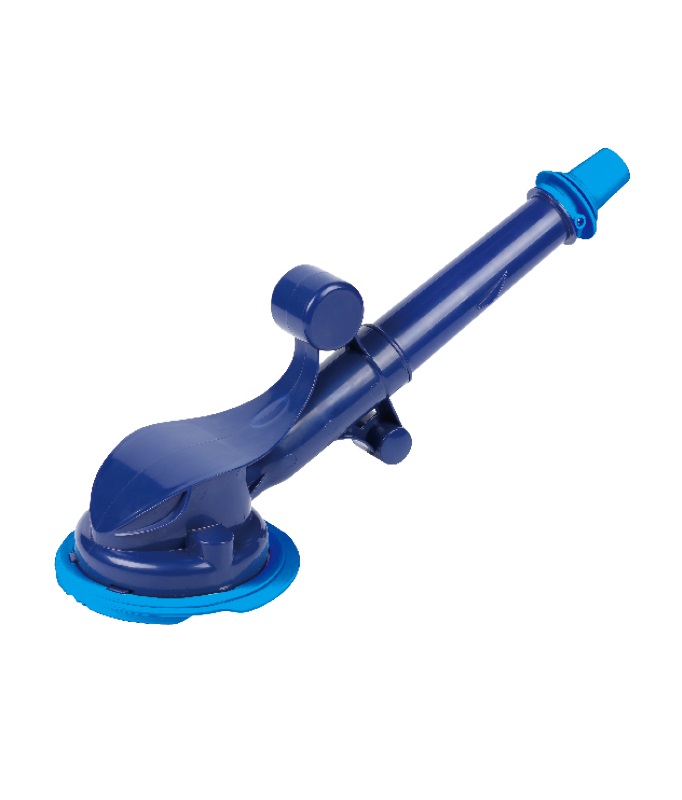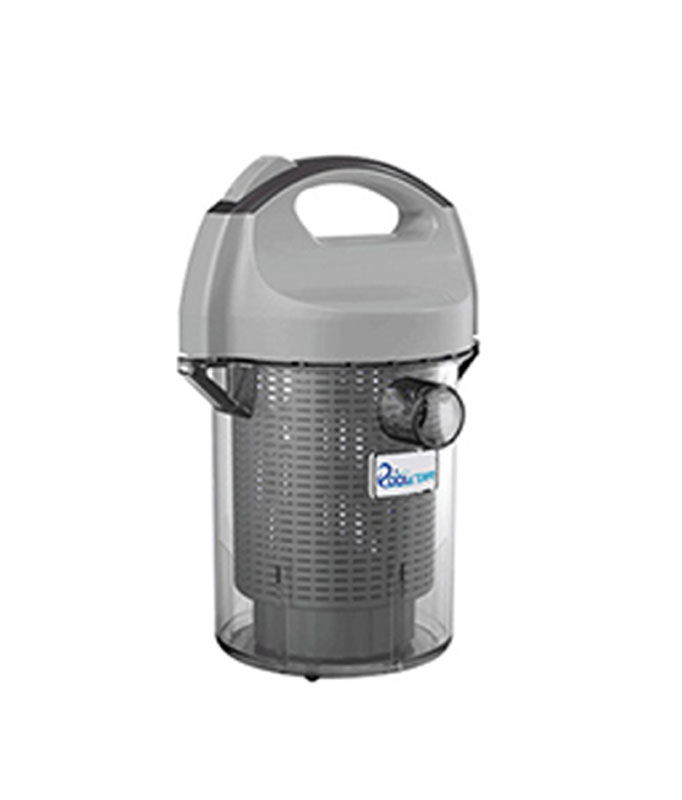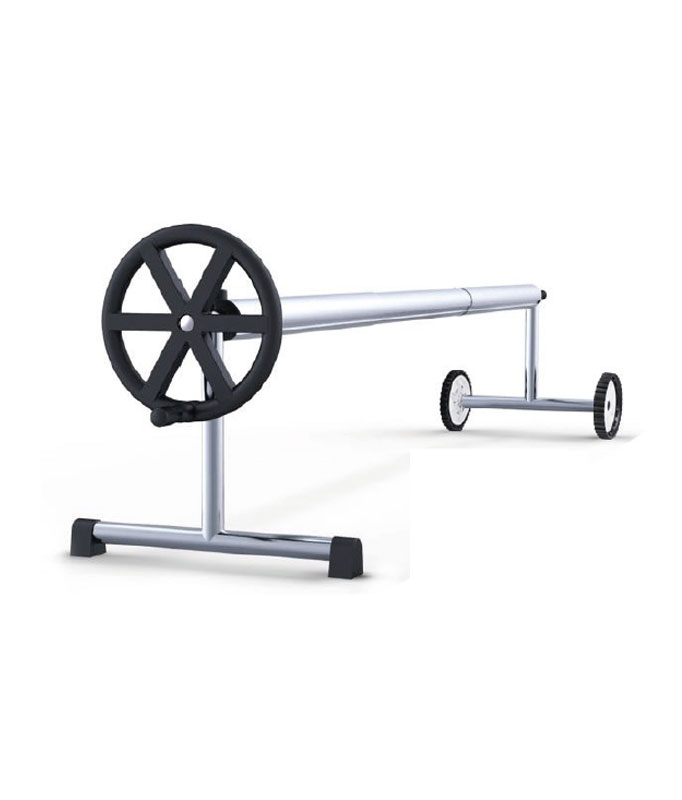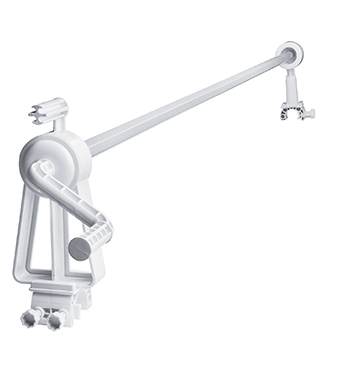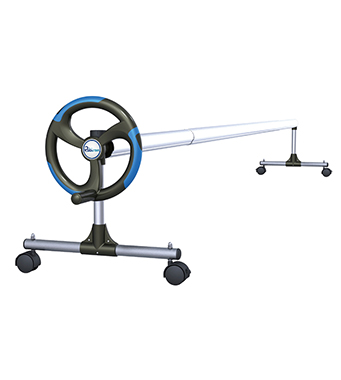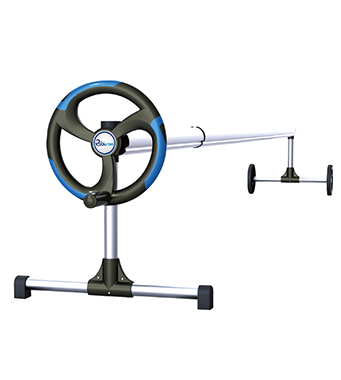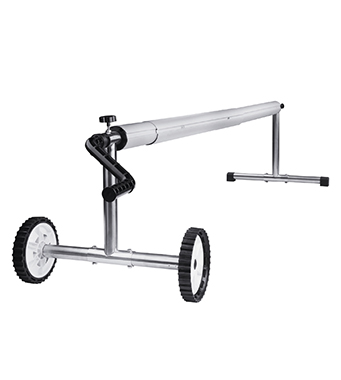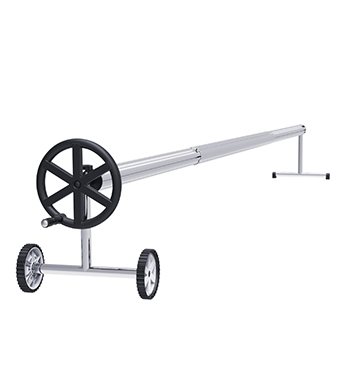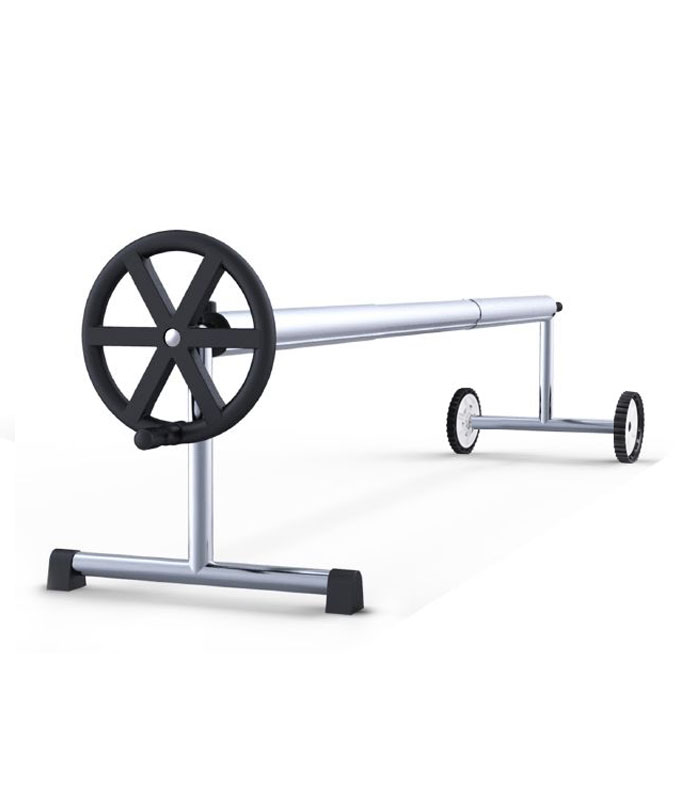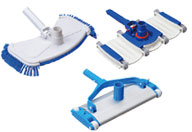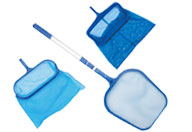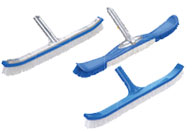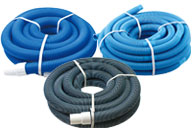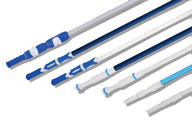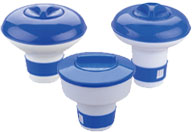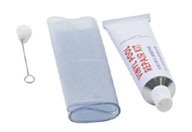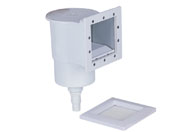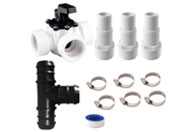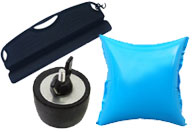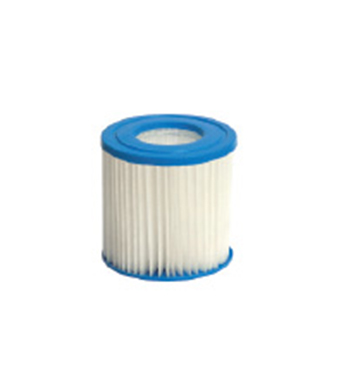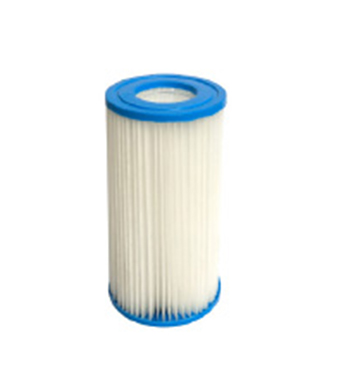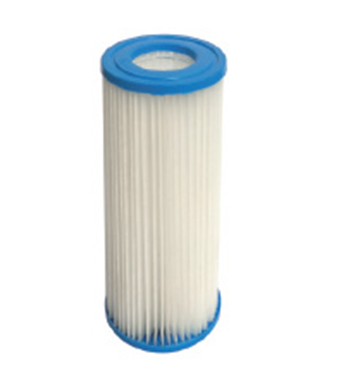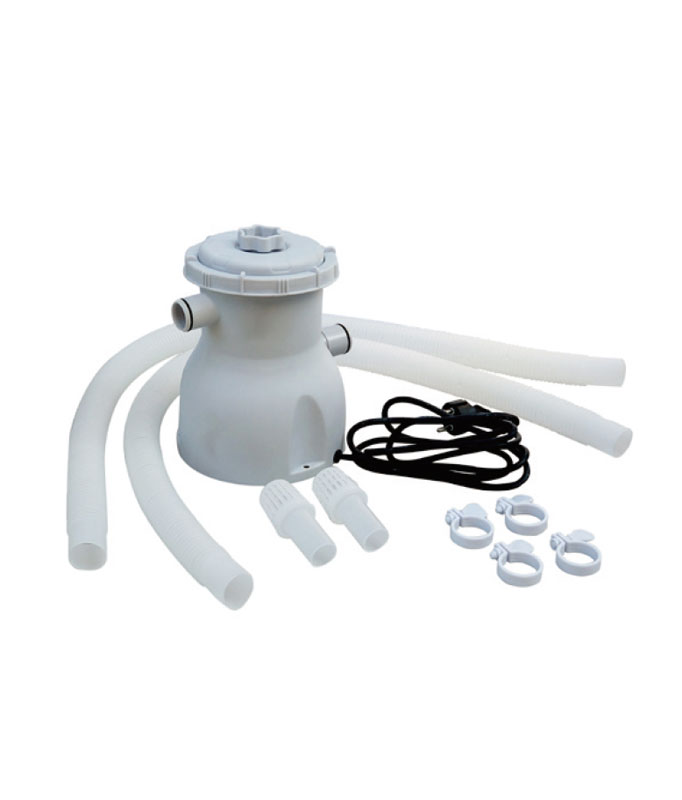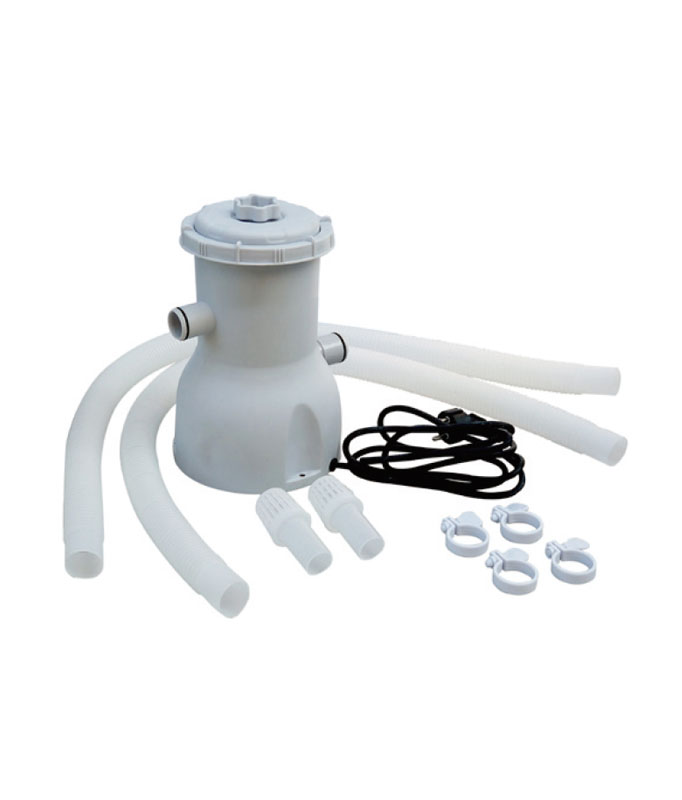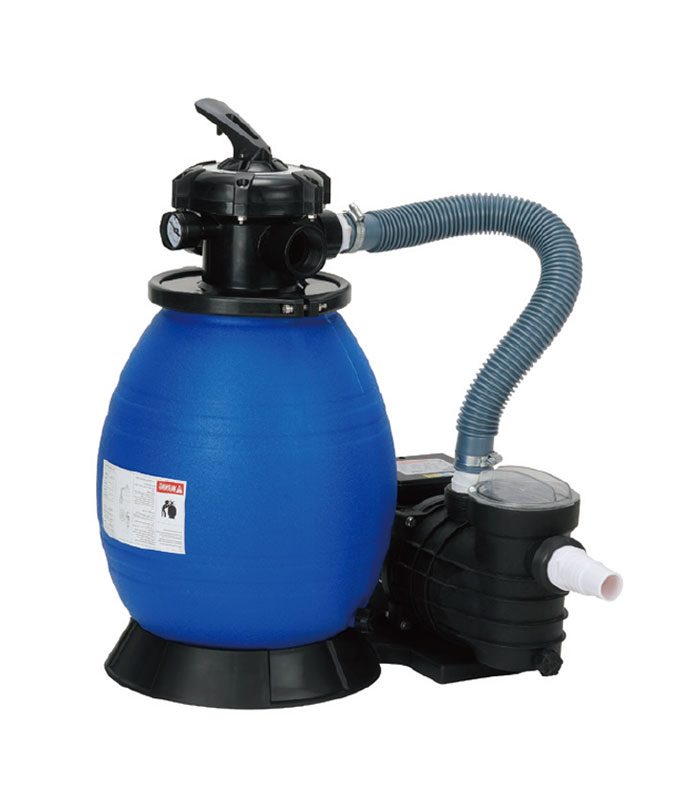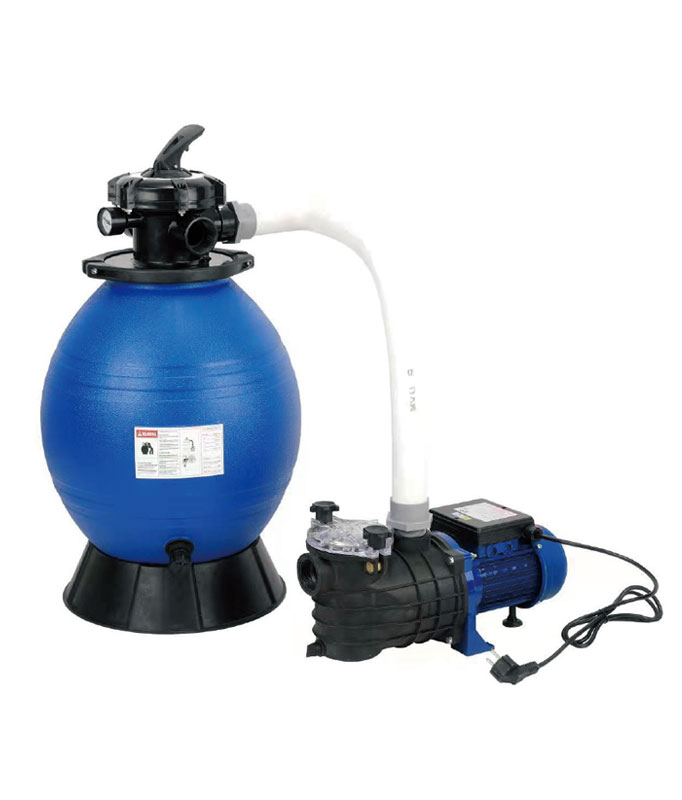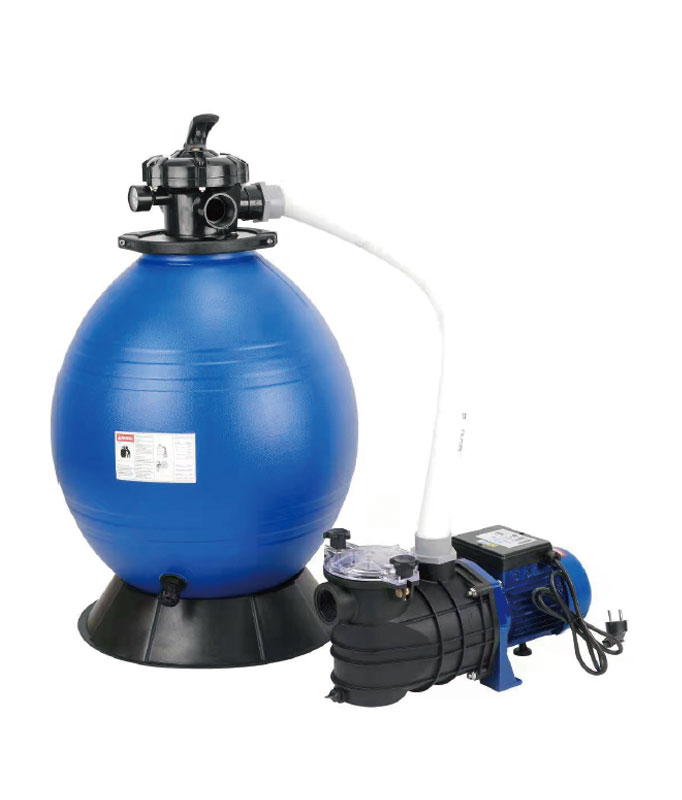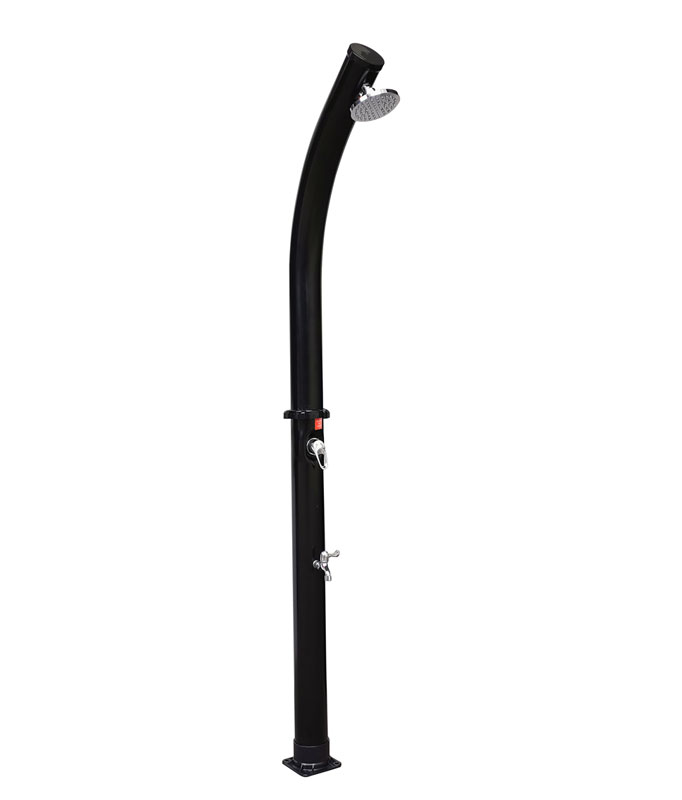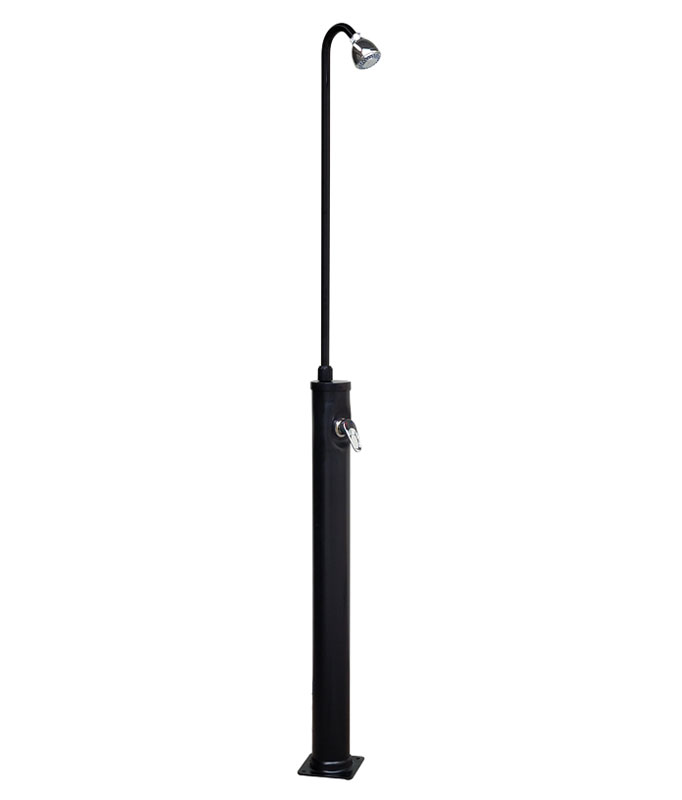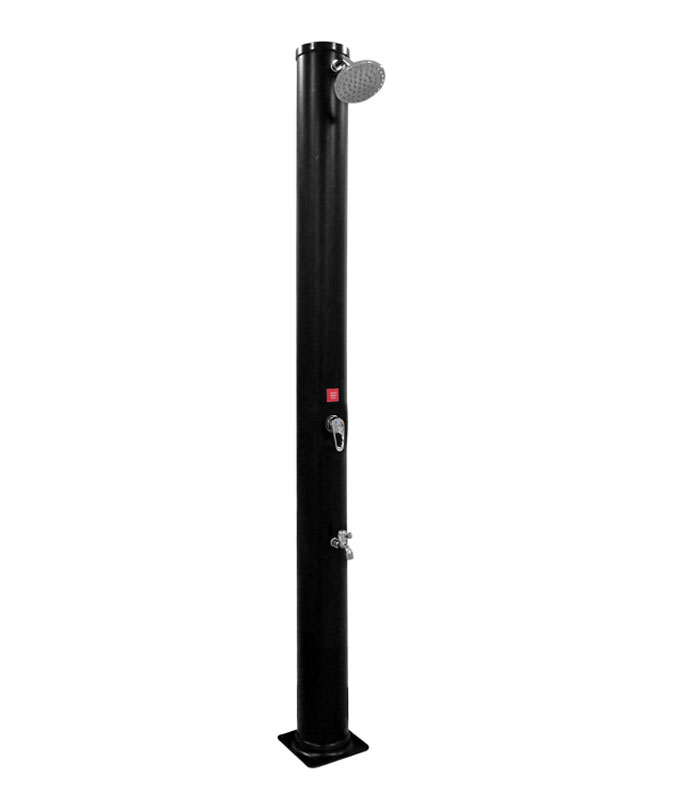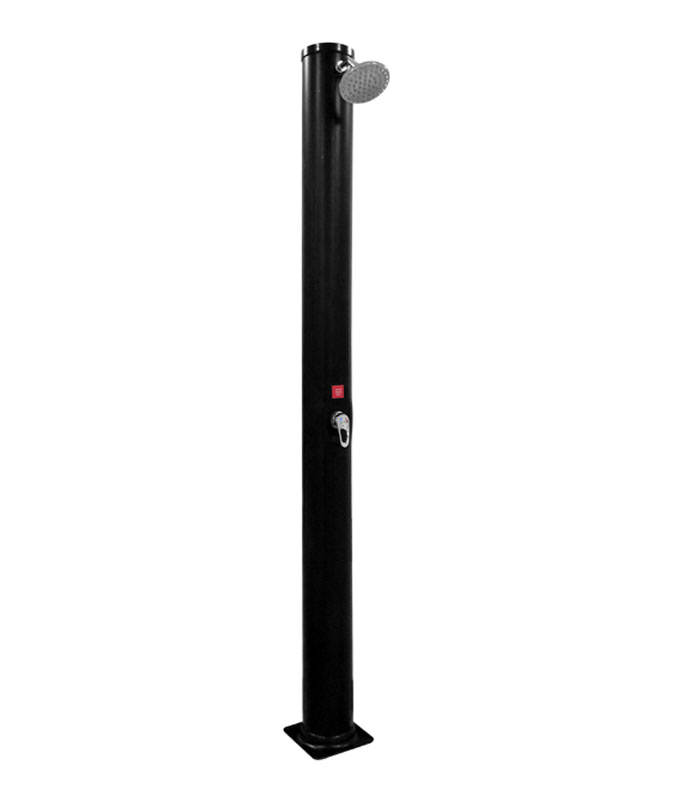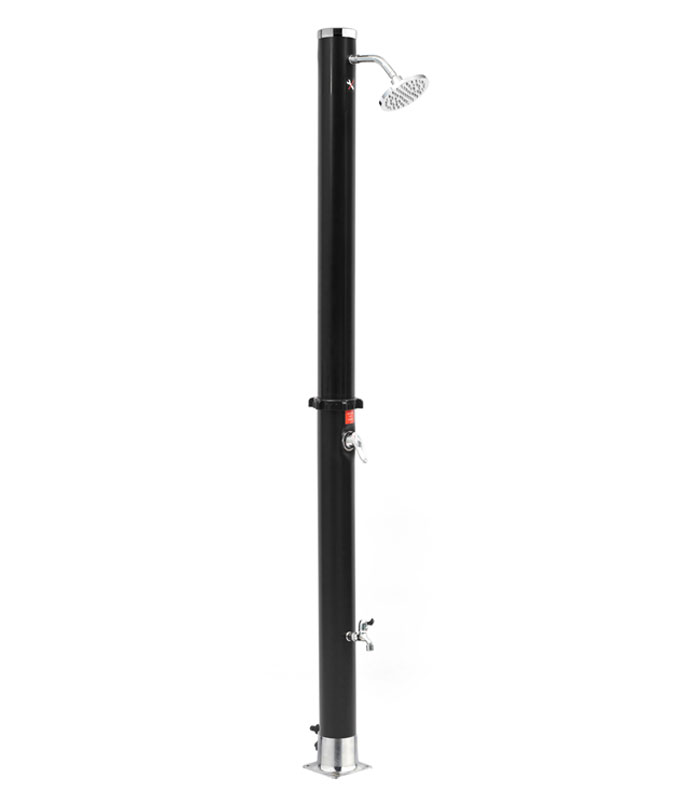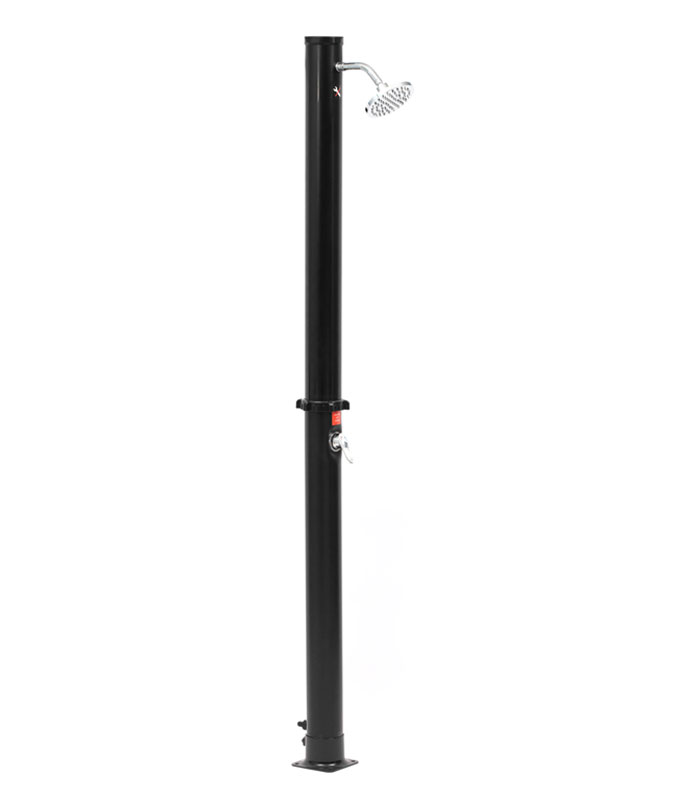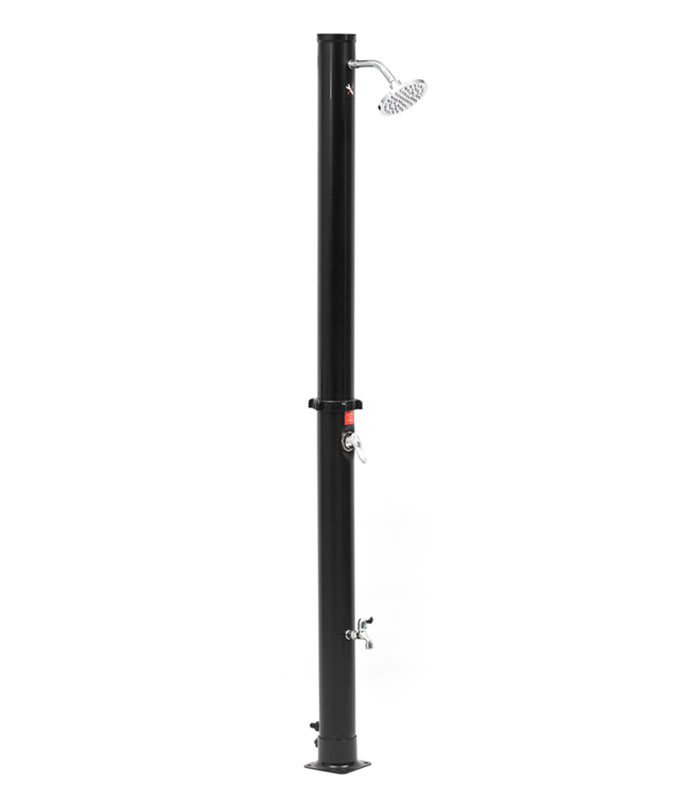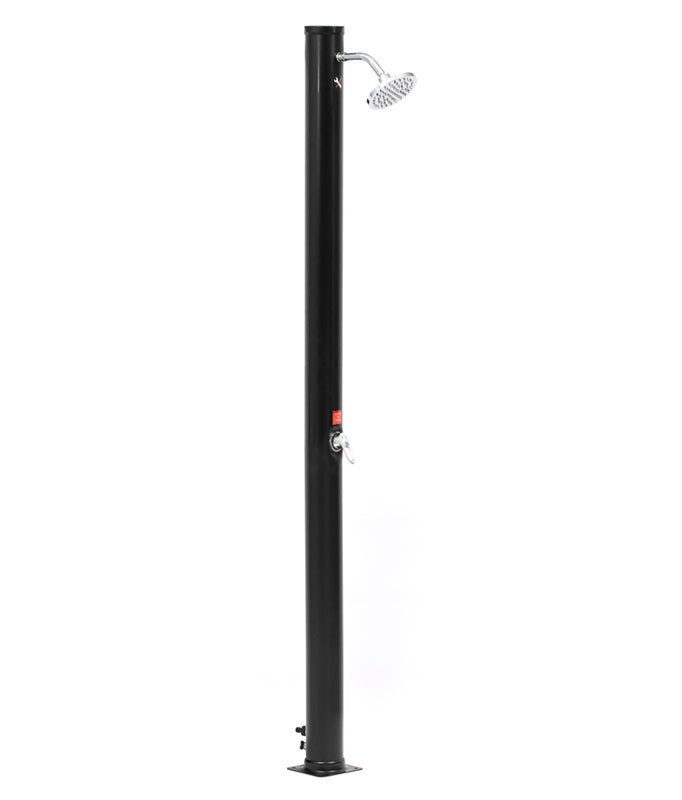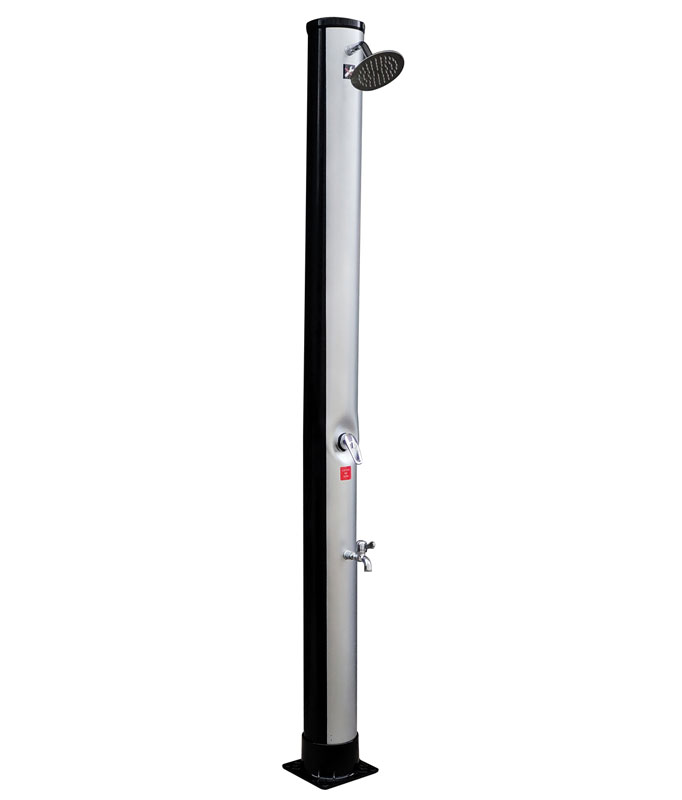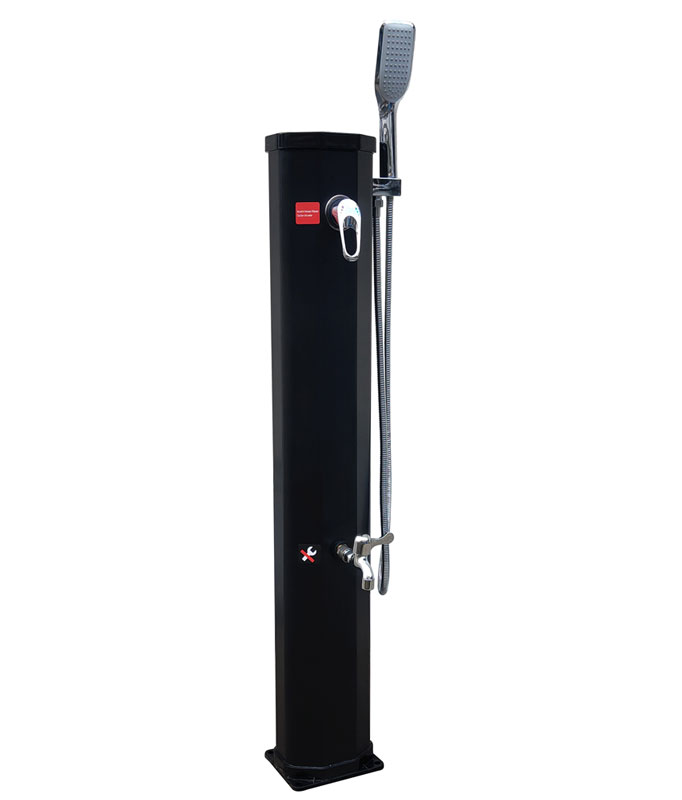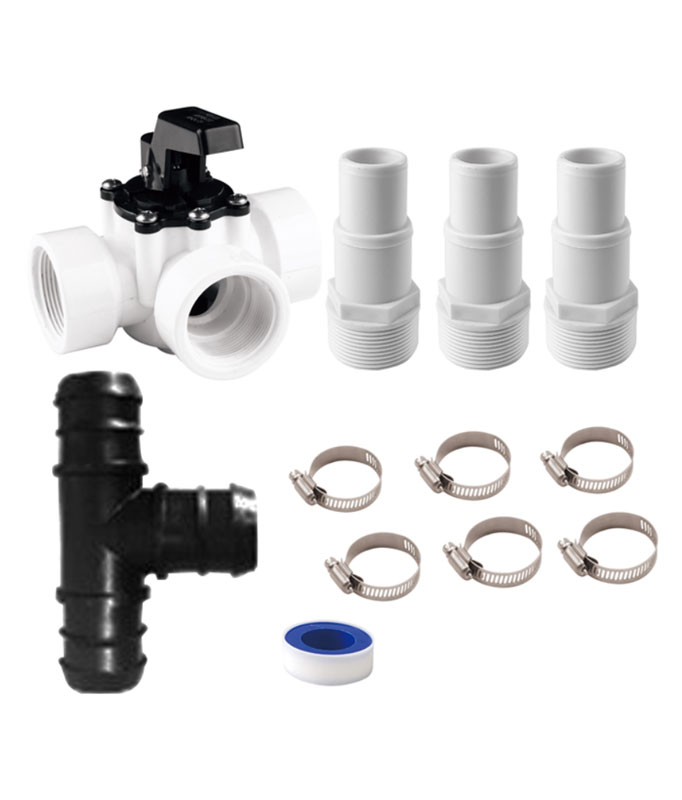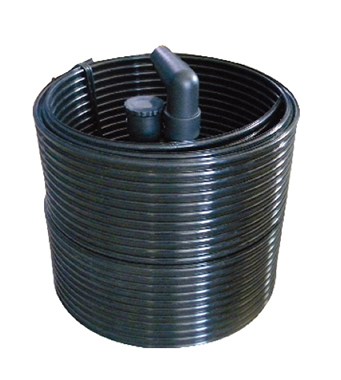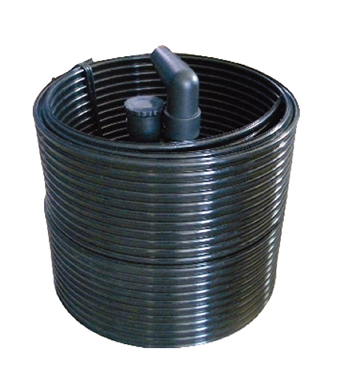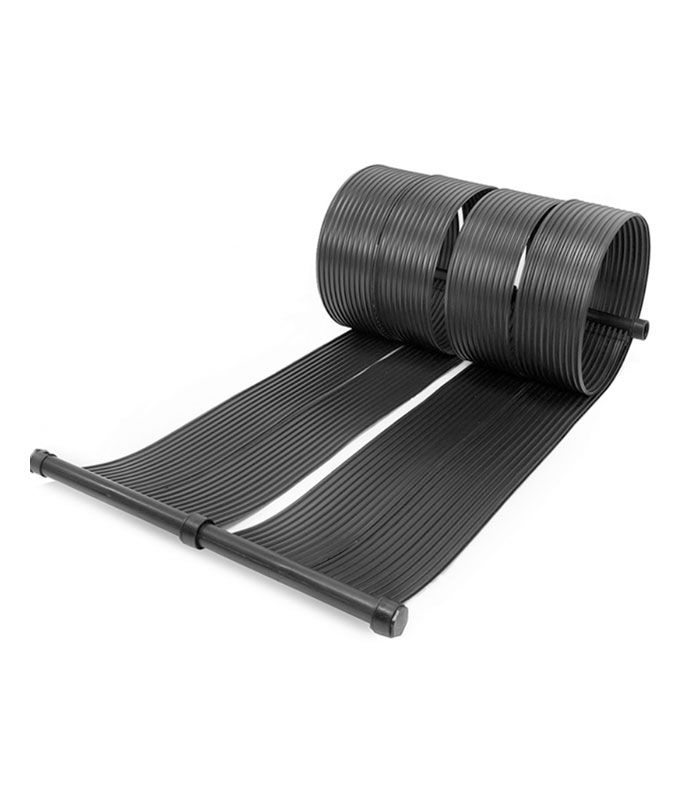AI path planning has revolutionized how cleaning tasks are performed. By enabling machines to navigate spaces intelligently, it maximizes efficiency and reduces human effort. In 2025, this technology could increase cleaning efficiency by 40%, as highlighted in the 2025 Technology Forecast: How Can AI Path Planning Increase Cleaning Efficiency by 40%?. Whether for homes or industries, tools like the AquaJack 800 Cordless Robotic Pool Cleaner (https://www.cnpoolstar.com/product/aquajack-800-cordless-robotic-pool-cleaner-440.html) showcase the transformative power of AI in delivering consistent, high-quality cleaning results.
Key Takeaways
- AI path planning helps cleaning machines move smartly. It saves time and energy while cleaning faster and better.
- By 2025, AI could make cleaning 40% more efficient. Homes and businesses will be cleaner with less work and lower costs.
- Picking AI cleaning devices with smart features gives better results. Choose models with sensors and maps for the best cleaning.
What Is AI Path Planning and Its Role in Cleaning?
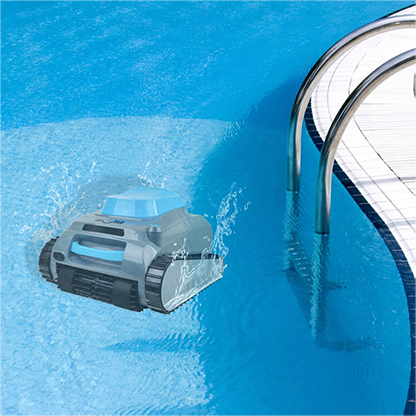
Defining AI Path Planning
AI path planning is a process that allows machines to determine the most efficient route to complete a task. It uses algorithms to analyze the environment, identify obstacles, and calculate the best path to follow. This technology mimics how humans plan their movements but does so with greater precision and speed. You can think of it as a GPS for cleaning robots, guiding them to clean every corner without missing a spot.
Path planning relies on data from sensors, cameras, and other inputs to create a map of the area. Once the map is ready, the AI calculates the shortest and most effective route. This ensures that cleaning machines use their time and energy wisely. By doing so, they avoid unnecessary movements and focus on areas that need attention.
Applications in Cleaning Processes
AI path planning has found its way into various cleaning tasks. In homes, robotic vacuum cleaners use this technology to navigate rooms, avoid furniture, and clean efficiently. These devices can adapt to different floor types and even return to their charging stations when needed. You may have seen these robots in action, quietly working while you relax.
In commercial spaces, AI path planning powers industrial cleaning machines. These machines clean large areas like warehouses, airports, and shopping malls. They follow pre-programmed routes or adjust their paths in real-time based on obstacles. This ensures thorough cleaning without wasting resources.
Swimming pool cleaners also benefit from AI path planning. Devices like the AquaJack 800 Cordless Robotic Pool Cleaner use this technology to map the pool's surface and clean it systematically. They save time and deliver consistent results, making pool maintenance easier for you.
2025 Technology Forecast: How Can AI Path Planning Increase Cleaning Efficiency by 40%?
The 2025 Technology Forecast: How Can AI Path Planning Increase Cleaning Efficiency by 40%? highlights the potential of this technology to revolutionize cleaning. By 2025, advancements in AI algorithms and sensor technology will make path planning even more accurate. Machines will clean faster and cover more ground with fewer resources.
For example, future cleaning robots will use advanced AI to predict dirtier areas and prioritize them. This will reduce the time spent on less critical zones. Additionally, improved sensors will allow machines to detect smaller particles and clean them effectively. These innovations will lead to a 40% increase in cleaning efficiency, as predicted in the 2025 Technology Forecast: How Can AI Path Planning Increase Cleaning Efficiency by 40%?.
You can expect these advancements to benefit both residential and commercial cleaning. Homes will enjoy spotless floors with minimal effort, while businesses will save money on labor and energy costs. The 2025 Technology Forecast: How Can AI Path Planning Increase Cleaning Efficiency by 40%? paints a promising picture of how AI will transform cleaning processes in the near future.
Benefits of AI Path Planning in Cleaning
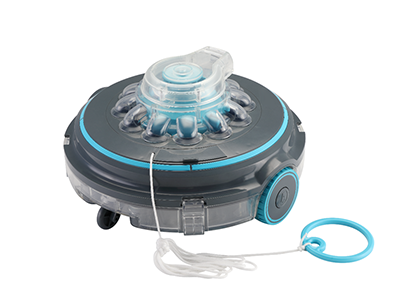
Maximizing Efficiency and Time Savings
AI path planning helps you save time by ensuring cleaning machines work smarter, not harder. These systems calculate the shortest and most effective routes, allowing devices to clean spaces faster. For example, robotic vacuum cleaners equipped with AI can map your home and avoid unnecessary backtracking. This means they spend less time navigating and more time cleaning.
In commercial settings, efficiency becomes even more critical. Large spaces like airports or warehouses require significant time and effort to clean. AI-powered machines can divide these areas into smaller sections and clean them systematically. This approach reduces overlap and ensures no spot gets missed. According to the 2025 Technology Forecast: How Can AI Path Planning Increase Cleaning Efficiency by 40%?, advancements in AI will make these processes even faster by 2025. You can expect machines to clean larger areas in less time, freeing up resources for other tasks.
Reducing Costs Through Optimized Resource Allocation
AI path planning doesn’t just save time—it also saves money. By optimizing cleaning routes, machines use less energy and fewer cleaning supplies. For instance, a robotic pool cleaner with AI can focus on areas with the most debris, reducing water and chemical usage. This targeted approach minimizes waste and lowers operational costs.
In industrial cleaning, resource allocation plays a significant role in cost management. AI systems can analyze data to determine the most efficient way to deploy machines and workers. This ensures you don’t overuse resources in one area while neglecting another. The 2025 Technology Forecast: How Can AI Path Planning Increase Cleaning Efficiency by 40%? predicts that these advancements will lead to significant cost savings for businesses. By 2025, you could see a noticeable reduction in expenses related to labor, energy, and materials.
Enhancing Cleaning Quality and Consistency
AI path planning ensures consistent cleaning results every time. Unlike manual cleaning, which can vary depending on the person or method, AI-powered machines follow precise algorithms. This means they clean every corner with the same level of thoroughness. Whether it’s a robotic vacuum or an industrial floor scrubber, you can trust these devices to deliver high-quality results.
Consistency is especially important in environments like hospitals or food processing plants, where cleanliness directly impacts safety. AI systems can adapt to specific cleaning requirements, such as focusing on high-touch surfaces or using specialized cleaning agents. The 2025 Technology Forecast: How Can AI Path Planning Increase Cleaning Efficiency by 40%? highlights how future advancements will further enhance cleaning quality. Improved sensors and algorithms will allow machines to detect and remove even the smallest particles, ensuring a spotless finish.
Tip: When choosing an AI-powered cleaning device, look for models with advanced path planning features. These will provide the best combination of efficiency, cost savings, and cleaning quality.
Real-World Examples of AI Path Planning in Action
Robotic Vacuum Cleaners and Smart Navigation
Robotic vacuum cleaners are one of the most common examples of AI path planning in action. These devices use advanced algorithms to map your home and clean it efficiently. Sensors help them detect obstacles like furniture or walls, allowing them to navigate without bumping into objects. Some models even learn the layout of your home over time, improving their performance with each use. You can schedule them to clean specific areas or let them handle the entire space automatically. This technology ensures that no corner is left untouched, giving you spotless floors with minimal effort.
AI in Industrial and Commercial Cleaning Operations
AI path planning plays a critical role in large-scale cleaning operations. Industrial cleaning machines equipped with this technology can handle vast spaces like warehouses, airports, and shopping malls. These machines divide the area into sections and clean each one systematically. They adjust their routes in real-time to avoid obstacles or focus on high-traffic zones. This ensures thorough cleaning while saving time and resources. Businesses benefit from reduced labor costs and improved cleaning consistency, making AI-powered machines a valuable investment.
Case Studies Demonstrating Efficiency Gains
Several case studies highlight the efficiency gains achieved through AI path planning. For instance, a logistics company implemented AI-powered floor scrubbers in its warehouse. The machines reduced cleaning time by 30% and cut energy usage by 20%. Another example involves a hospital that used robotic cleaners to maintain hygiene in patient rooms. The robots ensured consistent cleaning and reduced the risk of human error. These real-world examples demonstrate how AI path planning transforms cleaning processes across different industries.
Implementing AI Path Planning for Cleaning Success
Essential Tools and Technologies
To implement AI path planning effectively, you need the right tools and technologies. Start with cleaning machines equipped with advanced sensors and cameras. These devices collect data about their surroundings, enabling them to navigate efficiently. AI-powered software is another critical component. It processes the data, creates maps, and determines the best cleaning routes. Cloud-based platforms can also enhance performance by storing and analyzing data for continuous improvement.
Investing in high-quality hardware ensures durability and accuracy. For example, robotic vacuum cleaners with LiDAR sensors can detect obstacles and clean with precision. In industrial settings, autonomous floor scrubbers with AI capabilities can handle large spaces effortlessly. These tools form the backbone of a successful AI path planning system.
Best Practices for Seamless Integration
Integrating AI path planning into your cleaning processes requires careful planning. Begin by assessing your cleaning needs and identifying areas where AI can add value. Train your staff to operate AI-powered machines and understand their features. Regular maintenance is essential to keep the devices functioning optimally.
Start small by testing the technology in a controlled environment. Gradually expand its use as you gain confidence. Monitor performance metrics like cleaning time and resource usage to measure success. This step-by-step approach minimizes disruptions and ensures a smooth transition.
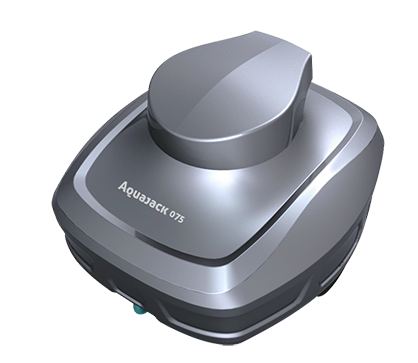
Addressing Common Challenges in Adoption
Adopting AI path planning may present challenges, but you can overcome them with the right strategies. High initial costs often deter businesses. However, the long-term savings in labor and resources justify the investment. Another challenge is resistance to change. Educate your team about the benefits of AI to gain their support.
Technical issues like software glitches or sensor malfunctions can also arise. Partnering with reliable vendors ensures access to quality support and updates. By addressing these challenges proactively, you can unlock the full potential of AI path planning.
AI path planning has reshaped cleaning processes, offering smarter and more efficient solutions. You benefit from reduced costs, time savings, and consistent cleaning quality. As technology advances, expect even greater improvements. Future innovations will create sustainable cleaning systems that adapt to your needs. The 2025 Technology Forecast: How Can AI Path Planning Increase Cleaning Efficiency by 40%? highlights this exciting potential.
FAQ
What is the main advantage of AI path planning in cleaning?
AI path planning ensures efficient cleaning by calculating the shortest routes. This saves time, reduces energy use, and delivers consistent results across various cleaning tasks.
Can AI-powered cleaning machines handle unexpected obstacles?
Yes, AI systems use sensors to detect and avoid obstacles in real time. This allows machines to adjust their paths and continue cleaning without interruptions.
How do I choose the right AI-powered cleaning device?
Tip: Look for devices with advanced sensors, mapping capabilities, and user-friendly controls. Consider your cleaning needs, such as space size and surface type, before making a decision.

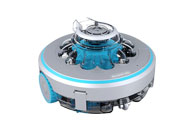 Robotic Pool Cleaner
Robotic Pool Cleaner 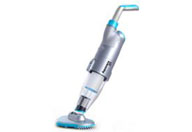 Portable Pool Vacuum Cleaner
Portable Pool Vacuum Cleaner 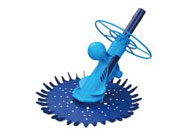 Automatic Pool Cleaner
Automatic Pool Cleaner 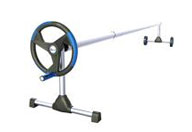 Pool Cover Reel
Pool Cover Reel 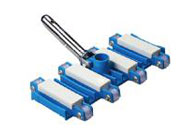 Pool Cleaning Accessories
Pool Cleaning Accessories 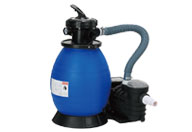 Pool Filter Pump
Pool Filter Pump 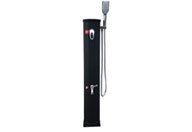 Pool Solar Shower
Pool Solar Shower 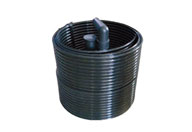 Pool Solar Collector
Pool Solar Collector 